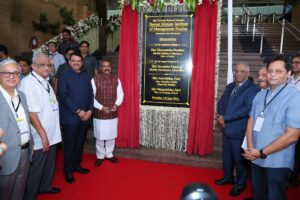
Finance Minister Nirmala Sitharaman in her Budget speech on July 5 rang it good news for India’s beleaguered state-owned banks, setting aside Rs 70,000 crore that the government will inject as additional capital into public sector banks.
The banking sector has been loaded with bad loans that have risen due to slow growth and delays in project implementation.
The latest fund injection is part of the government’s road map to adequately bolster the state-owned banks’ capital base.
Providing budgetary support to public sector banks is part of the government’s broader strategy of infusing Rs 2.11 lakh crore in the banking sector via various means.
The strategy announced in 2017 included support of Rs 1.35 lakh crore through recapitalisation bond, little over Rs 18,000 crore via budgetary support and rest through market.
The finance ministry has given their support to PSBs who were found wanting after accelerating non-performing assets.
During 2008 to 2014, outstanding loans against PSBs went from Rs 18 lakh crore to Rs 52 lakh crore.
Around five banks are still under the Reserve Bank of India’s prompt corrective action (PCA), which puts lending curbs of weak banks.
As per the data with the government, Rs 51,533 crore were injected in the PSBs till December 31, 2018 out of budgetary allocation of Rs 65,000 crore.
NPAs have shown negative trend in FY19 and have dropped by Rs 23,860 crore between April-September 2018, while they recovered Rs 60,726 crore. The recovery is more than double the amount recovered in the corresponding period last year.
The RBI, in its bi-annual Financial Stability Report (FSR) said NPAs in the banking sector may reduce from 10.8 percent (registered in September 2018) to 10.3 percent by March 2019 and went on to 10.2 percent by September 2019. The ratio was 11.5 percent at the end of March 2018.



